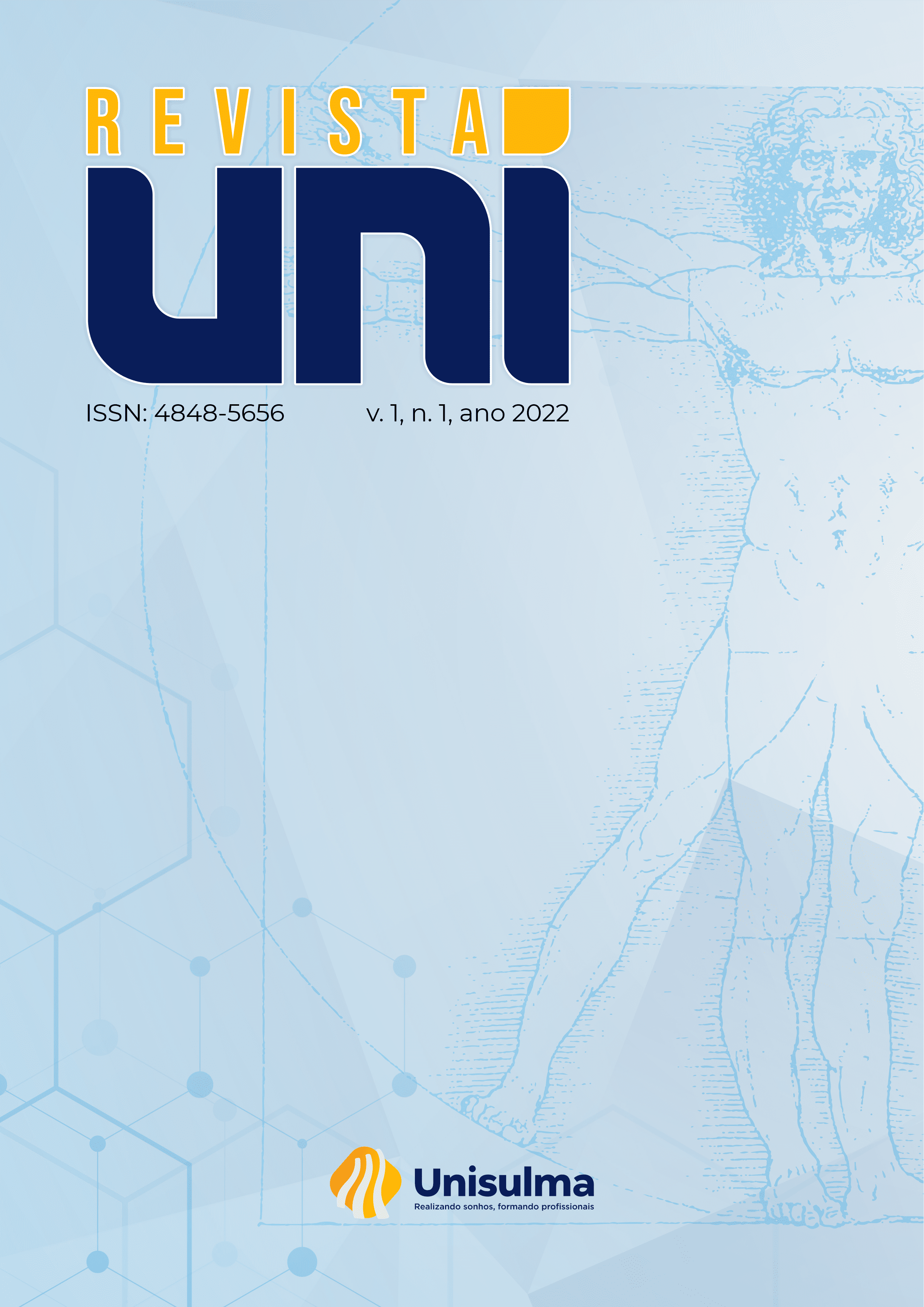PHYSICAL-CHEMICAL AND MICROBIOLOGICAL ANALYSIS AND SENSORY ACCEPTABILITY OF TUNCUNARÉ CEVICHE
Keywords:
Ceviche, Tucunaré, Marinated ProductAbstract
The consumption of semi-prepared food is growing significantly. Ceviche" is a nutrient-rich alternative food consisting of raw fish marinated in lime juice. Thus, the objective was to prepare a ceviche with a regional fish, the tucunaré, and to evaluate its physicochemical and microbiological characteristics, as well asits acceptability. The fish was obtained through breeding, prepared in the laboratories of the UNISULMA/IESMA institution, as were the microbiological analyses of multiple tubes (MPN) and the physical-chemical analyses of humidity, PH, and ashes according to the Adolfo Lutz Institute - IAL. Afterwards, a sensorial analysis of the product's acceptability was performed, with 55 untrained tasters. The results were satisfactory, of the three physical-chemical determinations, only the humidity was outside the standards of the legislation in force, while the microbiological results fit within the parameters of the legislation. The 5-point hedonic scale sensory analysis (165/IV), had about 78% overall impression approval. In view of this, the determined objectives were achieved in a satisfactory way
References
ANVISA, Resolução n.12, de 02 de janeiro de 2001. Aprova padrões microbiológicos para alimentos. Disponível em: http://bvsms.saude.gov.br/bvs/saudelegis/anvisa/2001/res0012_02_01_2001.html Acesso em: 27 mai. 2021.
EMBRAPA. Pesca e Aquicultura. Empresa Brasileira de Pesquisa agropecuária, 2014.
FERREIRE, Milena Wolff et al. Pescados Processados: maior vida de prateleira e maior valor agregado. 2002. Disponível em: https://www.researchgate.net/profile/Vanessa-Silva-8/publication/242248094_PESCADOS_PROCESSADOS_MAIOR_VIDA_DE_PRATELEIRA_E_MAIOR_VALOR_AGREGADO/links/5661989d08ae418a7866d20f/PESCADOS-PROCESSADOS-MAIOR-VIDA-DE-PRATELEIRA-E-MAIOR-VALOR-AGREGADO.pdf . Acesso em: 27 mai. 2021.
FONTENELE, O. Um caráter sexual secundário extragenital nos tucunarés (Actnopterygii, Cichlidae). Revista Brasileira de Biologia, v.8, p.185-188, 1948.
INTITUTO ADOLFO LUTZ. Normas analíticas: métodos químicos e físicos para analises de alimentos. Ed 3. vol 1, são Paulo, 1985.
NUNES, Alberto. Ensaios com Beijupirá: Rachycentron canadum. Fortaleza, Ceará, Brasil: Universidade Federal do Ceará. Disponível em: http://www.repositorio.ufc.br/bitstream/riufc/8655/1/2014_liv_ajpnunes.pdf . Acesso em: 27 mai. 2021.
OLIVO, Rubison. O mundo do Frango: Cadeia produtiva da carne de frango. Ed. Do autor. Santa Catarina. Criciúma, 2006.
OGAWA, M. O pescado como alimento. In: OGAWA, M.; NUNES, E. L. Manual de pesca: ciência e tecnologia. São Paulo: Livraria Varela, 1999a. v 1. p.3-5.
PHILIPPI, Sonia Tucunduva. Nutrição e Técnica dietética. Ed 2. Barueri, São Paulo: Manole, 2006.
SANTOS, Rose Maya et al. Avaliação dos Parâmetros Físico-Químicos e Sensoriais de Ceviche de Tilápia em Função do Tempo de Estocagem Refrigerada. Scientia Plena. n 7:(1), 2011. Disponível em: https://www.scientiaplena.org.br/sp/article/view/268/80 . Acesso em: 27 mai. 2021.
SCHLINDWEIN, Madalena Maria; KASSOUF, Ana Lúcia. Mudanças no padrão de consumo de alimentos poupadores de tempo e de alimentos poupadores de tempo, por região do Brasil. Vol 2. Brasilia: Ipea. 424-462p, 2007.
UNICAMP. Tabela Brasileira de composição de alimentos/ NEPA-UNICAMP – T113 Versão II. ed 2. Campinas, São Paulo: NEP-UNICAMP, 2016.



